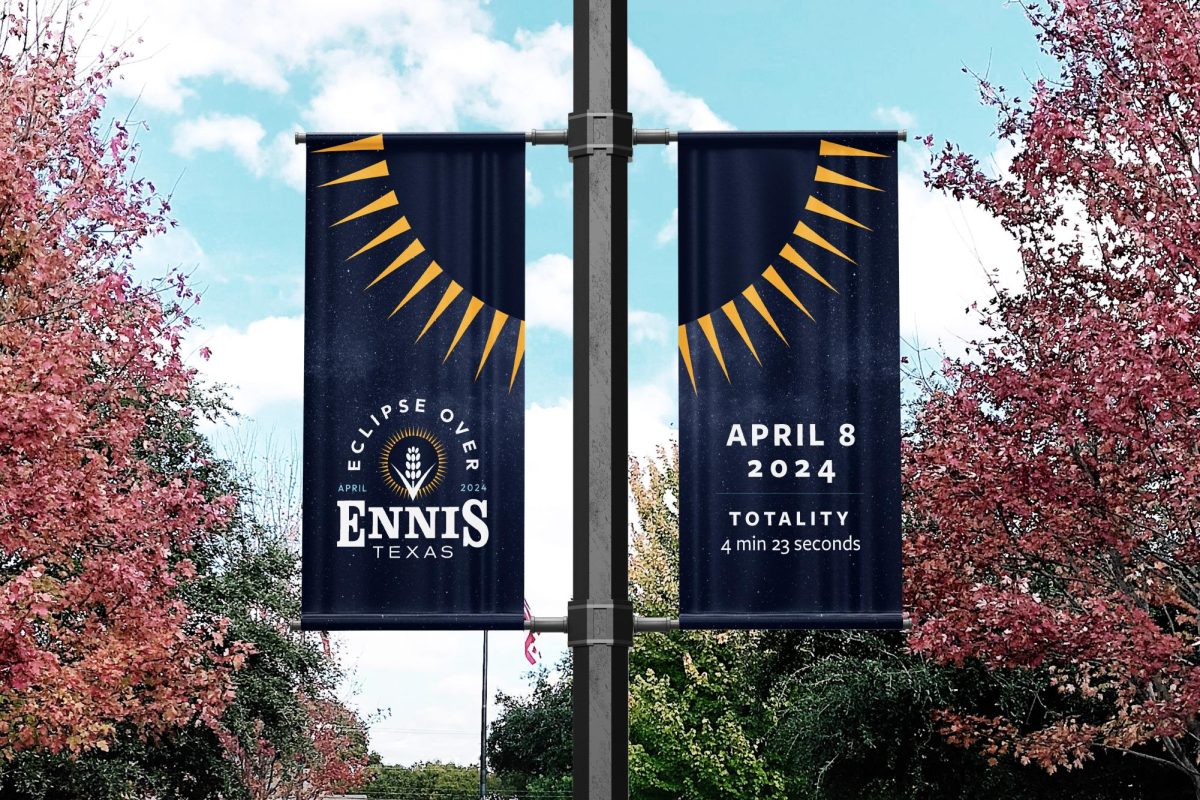At a time when young athletes are specializing earlier and earlier in one sport, Dylan Thomas is one of his school’s best players in two sports.
At quarterback and point guard for Paschal High School, Thomas accounted for 22 total touchdowns for the Panthers in 2014 and then finished second on the team in scoring during basketball season.
“I grew up only playing football since I was about 3,” Thomas says. “Then I think by the time I was 8 or 9, I started playing basketball. Every year in basketball I just got better and better and better.”
“When I first started out, [I was] pretty athletic, being able to run around all the time, jump really high on everyone,” he said. “I was faster, but I wasn’t really skilled. But I just became more productive year after year after year.”
Thomas’ story is different from many high school players’ today, whose coaches and parents often push them to specialize in one sport and train for it year-round instead of pursuing other activities. However, when Thomas goes to college, he won’t be an outlier anymore.
Harder, Better, Faster, Stronger
In December, the junior committed to TCU to play wide receiver, a position where head coach Gary Patterson has stacked several former multi-sport athletes. All four of the Horned Frogs’ starting wideouts in 2014 played more than one sport in high school.
One of those receivers, Kolby Listenbee, has even had success playing a second sport in college.

After a football season spent running deep routes and out-leaping defensive backs for jump balls, Listenbee was named an All-American in track and field as part of TCU’s 4×400 relay team in March.
That speed has translated from the track to the football field, where Listenbee averaged 18.4 yards per catch in 2014 to lead the team.
“It helps me loosen up, helps me believe in my speed,” Listenbee said of running track. “So when I go out there and run deep balls and stuff, I have this confidence in myself that no one is going to catch me.”
Listenbee’s friend and teammate, Cameron Echols-Luper, is another two-sport athlete for the Frogs. He works as a punt return specialist in football and is also the Big 12 champion in the long jump.
He says his training in each sport benefits him in the other.
“Football for track helps me strength-wise. I’m a long jumper, so it helps me be more explosive, powerful off the board and driving off the back,” Echols-Luper says. “Track to football, once again, helps me be a lot quicker.”
For Thomas, the benefit of playing two sports isn’t physical, but mental.
Acting as his team’s primary ball handler, he said basketball has helped his awareness as a quarterback and a receiver. He knows where his teammates are and where the opponent is on every play.
“When I’m on the football field, that’s exactly what I have to do,” Thomas said. “I have to watch everybody from every angle.”
Not Much of a Vacation
In spite of the benefits, playing more than one sport can be extremely time-consuming. There’s not time for Thomas to do much else.
“From 7th grade until now, I usually get one week off per year,” Thomas said. “One or two weeks off per year without playing a sport. There’s nothing going on, just complete free time. No school or anything like that. That’s just one or two weeks a year.”

For players like Echols-Luper who continue playing two sports at the collegiate level, the demands become even more intense.
“Sometimes during football, going to two-a-days, I’m coming straight off the track from nationals,” Echols-Luper said. “I get maybe a week off.”
“When you’re in football, after spring ball we get the entire month of May (off),” he said. “But I’m going right back to track. My vacation is track.”
It’s a physically and mentally wearing ordeal, which is why most athletes don’t continue playing more than one sport into college. Patterson says it’s very hard to do that, not just from an athletic standpoint but also an academic one.
That’s why Listenbee and Echols-Luper both emphasize the importance of rest.
“I get sleepy a lot,” Listenbee laughs.
Good Company
Multi-sport athletes weren’t always so rare. In fact, they used to be the norm at the youth and high school levels, said Gloria Solomon, a TCU professor of sport psychology.
“Back years ago, it was much more common to see multi-sport athletes,” Solomon said. “So you’d see athletes, especially in high school, play sometimes up to four sports, certainly two or three. And that was very common for the athletic person.”
The move toward specialization has changed that, with some top athletes sticking to one sport exclusively. Researchers fear, however, that those athletes will overwork muscle groups and increase the risk of damage to the body.
“The concern is overuse injuries, doing the same movements over time. When children are still growing and maturing, (there is a) negative impact of doing repetitive motions on the growth and maturation process,” Solomon said
“So most sport scientists are really not very supportive of specialization because of the injury potential,” she said.
Ohio State head coach Urban Meyer hasn’t bought into specialization either. His Buckeyes won the 2015 College Football Playoff National Championship with a roster full of athletes who starred in multiple sports in high school.
Sharing this for all you football players who take off the winter/spring to “work out.” pic.twitter.com/tThJAo03eB
— Ohio Varsity (@ohiovarsity) January 18, 2015
Ezekiel Elliott and Tyvis Powell, the championship game’s offensive MVP and defensive MVP, respectively, each played three sports during high school.
Thomas may be unusual by today’s standards, but that may not be a bad thing. After all, he’s in good company.
Matt Jennings is the sports editor for The 109. Email him at [email protected] and follow him on Twitter at @MattAJennings.





